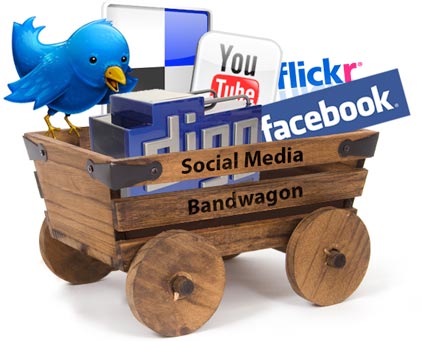So last weekend it seems the Facebook trolls were out in full force and seemingly had nothing better to do that bitch and moan about their insecurities and talk down, spread vicious rumors and outright lies about totally reputable companies. Watching this unfold on FB was painful and mind-numbingly a total waste of time. While extremely difficult to practice restraint when utter garbage is being thrown about your company and your friends, it was once again proven to me that it is best to take the high road and not lower yourself to their level. I have no doubt that many readers of this publication can stand to gain from this. It is quite simple really – worry about running your business and not about what itergalactically moronic individuals have to say in these open and often times poorly moderated FB groups.
Sometimes situations arise in businesses that are beyond your control. You can either counter every claim that is made and prove your point and spend countless hours worrying about every insignificant loser who has nothing better to do or you can take the high road and not engage in this behavior. In my particular circumstance, I noticed many respected members of the industry reach out to me and tell me they had my back while others remained rather quiet (probably because they were busy running a business and making money). Regardless – for whatever it is worth, I know the trolls are in agony by not getting a response from me – as evident from the pic attached. When will they learn that by throwing around shit and hoping it sticks does not make for a valid argument?
As a matter of fact you “fucktards” – our affiliate sign up has gone up by 22% since you all started this rant, our brand awareness of how we handled this has improved dramatically as evidenced by additional advertisers and publishers reaching out to us. The additional revenue generated by these new pubs and partners is now in excess of $14,540 so thank you. I had a quote posted on FB – “You all laugh at me because I am different, I laugh because you are all the same” – well my fellow trolls bring it on, the more the merrier.
This above is my personal story – which may or may not be the solution for others involved in a mud-slinging event. If you are involved in something like this however – what do you do?
Damage control starts with you and here are a few tips to help recover/enhance your reputation:
Be Front and Center
Follow the Harry Truman approach and let people know that the buck stops with you. Your ego may take a hit, but in the long run you’ll come out stronger. If in fact there is a legitimate concern or problem, acknowledge a problem and let them know you will work with them personally to resolve any problems and or disputes. The beauty of this country is that everyone deserves a second chance and often gets it.
Hold your head high
In public, be as you were and stay strong and proud. Often times mistakes happen, communication errors occur but if you continue to work hard and diligently – your true colors will shine through and your clients/partners/colleagues will acknowledge and respect that.
Go the extra mile
Fine – we have established that you have done something wrong or said something inadvertently – now own up to it and do what it takes to satisfy the client. Make it sincere and make it heartfelt. Do something publicly to put a positive spin on you and your company. People will remember your most recent actions so be sure to keep paying it forward with good intentions and deeds.
At some point in time you will look back and see that a lesson was learned. The peaks and valleys in a business are what make for a strong and sustaining business. Never give up or shy away if some negative event or press comes your way, fight it head on with common sense, humbleness and humility. There is absolutely nothing that can stop you from achieving success in all you do – you just have to believe it.
I am reminded of a beautiful quote by Henry David Thoreau that I want to share, “I have learned, that if one advances confidently in the direction of his dreams, and endeavors to live the life he has imagined, he will meet with a success unexpected in common hours.”





















